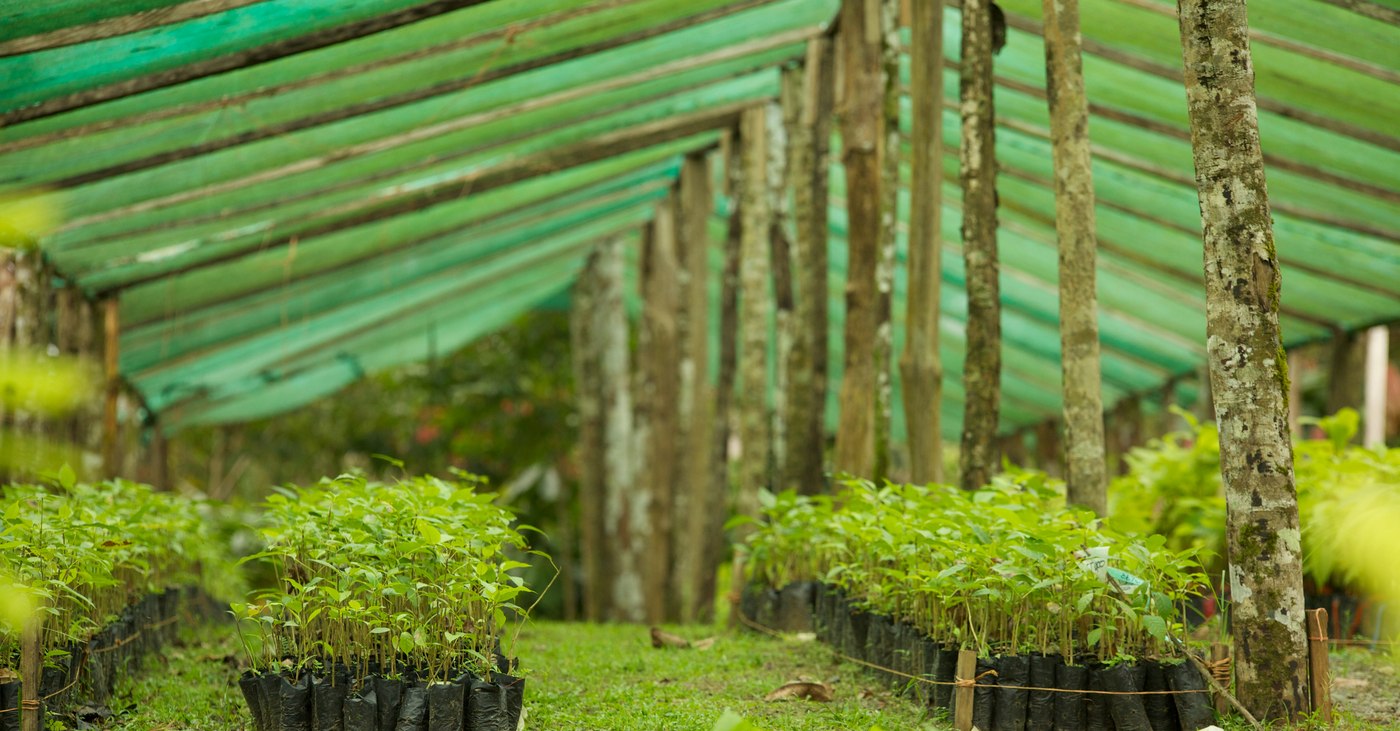

ForestFinance projects focus on the sustainable and fair cultivation of natural raw materials such as wood, cocoa, olives, dates and almonds. We attach equal importance to the economic, ecological and social impact of all our projects.
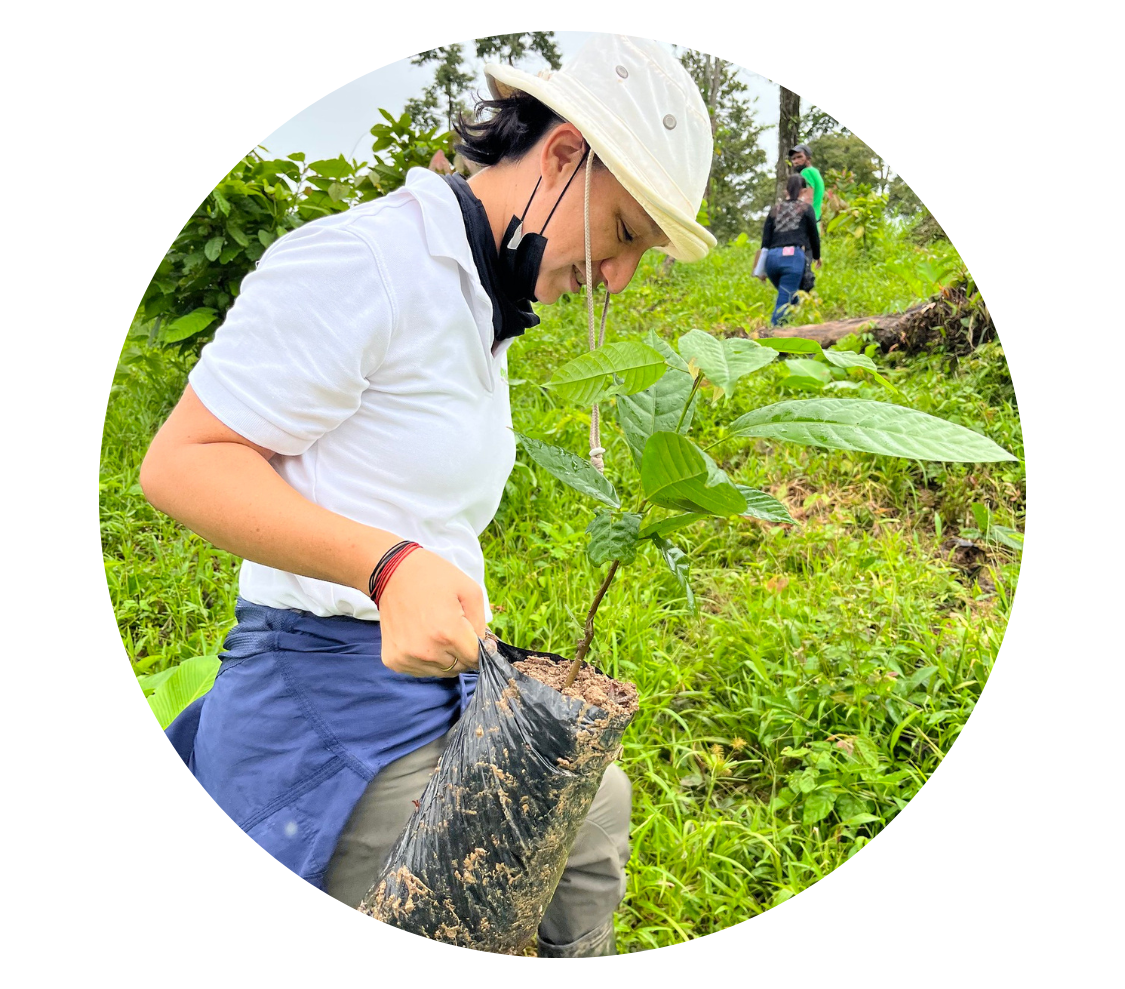
Our forest conservation projects focus on ecological and social impact. "We build forests" serves as the principle of our actions at all locations. Whether in Germany, North Africa, South and Central America or Asia - we reforest, grow fruit sustainably and consistently protect existing rainforest and the climate.
We work transparently and are committed to short supply chains and fair employment at all project locations, as well as climate and species protection. We have our work certified according to strict standards and regularly audited by independent third parties.



Project launch: 2024
Project status: ongoing via Geschenkbaum-Shop
Panama is a natural treasure trove with breathtaking diversity and numerous ecosystems worth protecting: tropical rainforests, mangrove forests and coral reefs make the country one of the most important biodiversity hotspots in the world. Panama's geographical location enables the movement of species and thus genetic exchange between the continents of South and North America. This makes Panama a key player in global species conservation and has a major influence on the protection of local and global ecosystems.
Species protection begins with the preservation of habitats. That's why every symbolic sponsorship we offer for animals native to Panama also supports a rainforest conservation project: numerous rare species live in our ‘Los Monos’ conservation area, which has been categorised as a ‘high conservation value forest’ in biodiversity studies.
In addition to rainforest conservation, the species conservation project supports important projects of our partners and conservation experts from Panama Wildlife Conservation Charity (PWCC) and the Panamerican Conservation Association (APPC). We support the important work of APPC's sloth sanctuary and PWCC's studies and field visits to research protect jaguars, harlequin frogs, great green macaws and sea turtles.
Project launch: 2023
Project status: ongoing via Geschenkbaum-Shop
Our oldest forests were planted in Panama in 1995. They are now 30 years old and are among the most important seed banks in the region. Together with our project supporters, we are able to strengthen biodiversity far beyond the boundaries of our project: newly planted mixed forests become refuges for native species, improve soil quality and protect water and the climate.
In 2012, we established a sustainable cocoa project in north-east Peru, in the San Martín region. Where there was previously barren cattle pasture, there are now ecologically managed cocoa forests, which have become an important stepping stone biotope for many animal species. We want to create even more habitats and sanctuaries for flora and fauna. That is why we are now planting a species-rich mixed forest on a fallow area that is not used for cocoa cultivation.
At a time when habitats for animals and plants are becoming increasingly scarce, we are consciously working against this trend: we are creating space for nature. In doing so, we are not simply planting trees, but laying the foundations for stable forest ecosystems.
In Peru, we are focussing on native tree species that are particularly valuable for the balance of the forest. Shaina, a fan maple known for its adaptability, Capirona, a robust species from the redwood family and Bolaina, a pioneer species that promotes soil fertility and stabilises the forest.
Our seedlings come from our own tree nurseries, where the seeds are grown from existing forests. From sprouting to planting, the young trees receive the utmost care. With each seedling, a little piece of forest grows, which not only protects the climate, but also provides a habitat for countless animals and plants.
Project launch: 1995
Project status: ongoing
Climate protection: at least 461,338 tonnes* of CO2 bound
Trees are the most natural and sustainable way to protect the climate and bind greenhouse gases in the long term. With 30 years of experience, our forest management team in Panama creates the best conditions for climate protection. For trees to ‘work’ for our climate, they must be cultivated, planted and cared for according to ecological standards and must not be harvested or even destroyed.
Our climate forests are not commercial forests in the traditional sense, as no wood is harvested from them. They grow exclusively for our climate and biodiversity. In this way, the forests can bind the largest possible amount of CO2 in the long term. We certify this ‘climate performance’ according to the highest climate protection standard, the Gold Standard. Companies and private individuals can thus use the CO2 certificates generated on the voluntary CO2 market and emphasise the quality of their commitment.
Many companies are already obliged to ‘neutralise’ the CO2 they emit with CO2 certificates as part of emissions trading. Many others voluntarily commit to climate action and balance, reduce, avoid and offset their own emissions. Unfortunately, there are far too many offers on the CO2 certificate market that are greenwashing instead of ‘greening the world’. Our climate forests are reforested on our own fallow land, managed fairly and ecologically and certified by independent organisations. We use them to plant forests instead of plantations, thereby protecting far more than just the climate, namely the soil, water reservoirs and biodiversity. In all our projects, we work in a certain way so that the people who commission us to create forests benefit just as much as those who work for us.
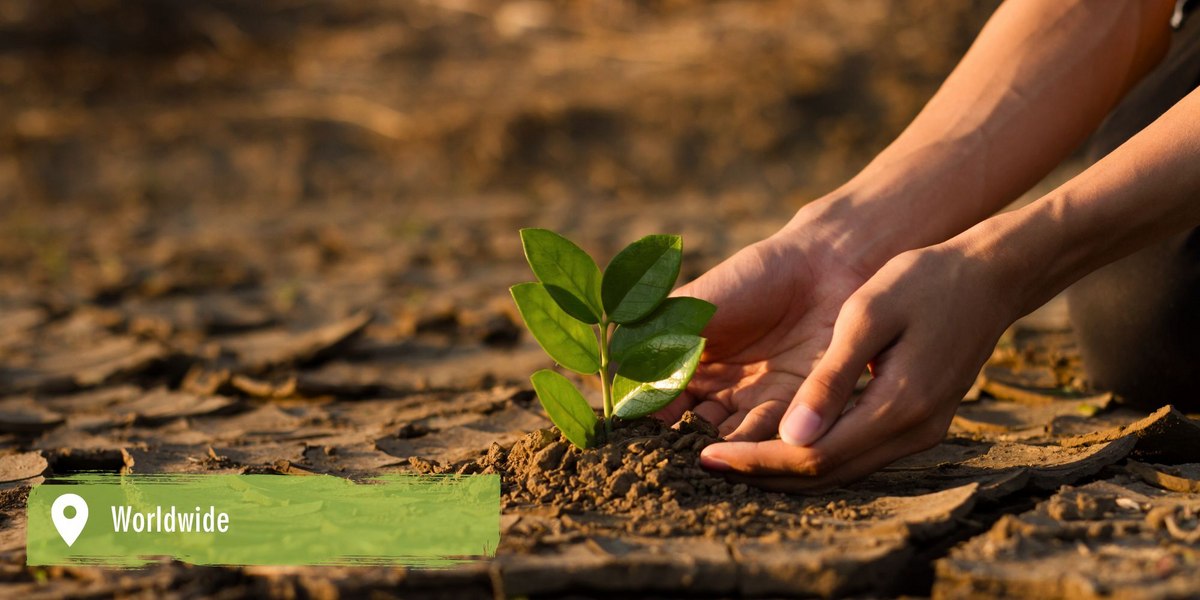
Project launch: 2022
Project status: ongoing
Forest conservation and sustainable reforestation protect the climate. Studies also show that we cannot achieve the climate objectives by planting trees alone. We need to go further and remove greenhouse gases from the atmosphere in the long term – for example with biochar (biocarbon). Pilot projects show that the production of biochar is not only beneficial for the climate, but also for agriculture and the generation of renewable energy.
The initial question was: how do we get the carbon that we have been extracting from deep layers of the earth for decades out of the atmosphere? The answer is obvious: the most effective way to do this is naturally. Through carbonisation and the natural stabilisation of carbon, which can then be returned to earth, for example as the soil improver Terra Preta. In this project, as in all others, we do not tolerate logging or the clearing of valuable forests for biochar. Instead, in our pilot projects we utilise residual wood and biomass waste from forestry and agriculture that has no further use.
In addition to the construction and operation of pioneering CleanTech plants, the project focuses on the sustainability of the entire value chain: from the search for suitable biomass to the utilisation of the biocarbons produced. Among other things, these are used as a raw material substitute for fossil fuels, as terra preta to improve agricultural soils and to support humus formation. Find out more.
Protected forest area: 145 soccer fields (104 hectares)
Biodiversity status: „high conservation value forest"
Climate protection: at least 186,705 tonnes* of CO2 bound
Biodiversity in tropical climates is not only higher, but often also denser. In Panama, for example, there are more bird and plant species than in all of Canada and the United States combined. However, ongoing deforestation poses a major threat to this diversity: from 2001 to 2021, Panama has lost 466 hectares of tree cover.
Located in the heart of Panama is the biodiverse natural forest "Los Monos". Numerous rare species live in our protected area, which has been classified as a "high conservation value forest" in biodiversity studies. It is also home to endangered species. It is home to many rare species of reptiles, amphibians and birds, as well as capuchin monkeys, sloths and ocelots. The name of the protected area "Los Monos" is no coincidence: it means "the monkeys".
One hectare of this rare forest stores at least 188,600 kilogrammes of carbon. This is the result of conservative calculations by climate protection experts. That equals the average amount of CO2 produced by a person living in Germany in 20 years. Our forest offers us humans more than climate protection: it shows us how important biodiversity, climate and water protection are. That is why we have set up a nature trail in the unique forest reserve that impressively shows the impact of the forest.
Project launch: 1995
Fincas: 65
Reforested area: 2,800 soccer fields (2,060 hectares)
Trees planted: 2,266,138
Additional forest protection area: 900 soccer fields (670 hectares)
Jobs: for 51 people
Climate protection: at least 461,338 tonnes* of CO2 bound
The oldest ForestFinance forest was planted in Panama in 1995. We chose this country for the first reforestation projects because it has the ideal growing conditions for forests. Meanwhile, we plant and maintain mixed forests in four of the ten provinces of Panama (Chiriquí, Darien, Panama and Veraguas) on a total of 65 fincas and an area which, together with the forest reserves, would be enough for about 3,700 soccer fields.
We plant our trees from home-grown seedlings of predominantly indigenous tree species such as amarillo, cocobolo and zapatero and supplement them with so-called value woods such as teak and mahogany. The trees are cared for by our employees on-site.
The oldest trees and forests in Panama are now over 25 years old and are among the most important seed banks in the region. Together with the investments of our clients, we can thus strengthen biodiversity far beyond our project boundaries. At the same time, the mixed forests create new refuges for native species, improve soil quality and protect water and climate.
All reforestation projects in Panama are double-certified. They have been awarded the FSC® seal (Forest Stewardship Council®) for sustainable forestry and the internationally renowned Gold Standard climate protection standard.
For more information about our FSC®-certified products click here.
Project launch: 2008
Fincas: 3
Cocoa cultivation: 218 soccer fields (156 hectares)
Cocoa trees planted: approx. 173,000
Area of protected natural forest: 200 soccer fields (147 hectares)
Jobs: for 34 people
Climate protection: 2,050 tonnes* of CO2 bound
We started planting our cocoa forests in Bocas del Toro/Panama in an agroforestry system in 2008. Today, we care for and manage the cocoa trees sustainably on a total of 156 hectares of land. Adjacent to the cocoa fincas are 147 hectares of natural forest, which we protect from management, damage and natural risks.
The cocoa project in Panama is one of the best practice examples of sustainable, environmentally and climate-friendly cocoa cultivation. Together with the cocoa farmers in the neighbourhood, we are working, among other things, on cultivating particularly disease-resistant, high-quality cocoa clones.
In addition, we are committed to further establishing Panama as a location for fine flavoured cocoa. In the international Cocoa of Excellence competition, our fine flavoured cocoa from Panama was awarded the bronze medal at the end of 2021.
Since October 2022, the entire project has been certified organic and the fine flavoured cocoa has been awarded the EU organic seal. Furthermore, the ForestFinance cocoa project is the first agroforestry project ever to be awarded the renowned Gold Standard climate protection standard.
Project launch: 2012
Fincas: 7
Reforested area: 260 soccer fields (186 hectares)
Trees planted: approx. 251,658
Area of protected natural forest: 14 soccer fields (10 hectares)
Jobs: for 40 people
Our cocoa forest project in the San Martín region in north-eastern Peru stands for the sustainable cultivation of fine flavoured cocoa, the creation of fair jobs and forest protection. Since 2012, the first cocoa trees have been growing on 186 hectares of land. The region offers us ideal conditions for cocoa cultivation: there are many nutrient-rich river valley meadows and moderate annual rainfall. The cocoa grows on former cattle pastures in a tropical climate with an average temperature of 26 degrees Celsius.
Almost 15 percent of Peru's land is protected. Nevertheless, Peru's valuable tree population is also being cleared for agriculture, cattle breeding and quick profit. In the province of El Dorado, to which our cultivation area belongs, people live predominantly from agriculture, which poses a threat to existing natural forests. With our cocoa agroforests, we create perspectives on the one hand and projects for sustainable land use without deforestation on the other.
We take care of our employees, pay fair wages, focus on further training and are firmly opposed to child labour, which is unfortunately still common in cocoa cultivation in many regions of the world. For us, safety in the workplace includes safe working clothes, health check-ups and health and life insurance. In the Sisa Valley, we are also committed to social and environmental education beyond the finca itself.
Project launch: 2012
Reforested area: 4,300 soccer fields (3,075 hectares)
Trees planted: approx. 4,098,975
Jobs: for 60 people
Area of natural forest: 1,500 soccer fields (1,129 hectares)
Climate protection: 197,887 tonnes* of CO2 bound
The northernmost country in South America is home to around ten per cent of global biodiversity. More than 300 different types of ecosystems can be found on the Colombian national territory. Colombia is thus one of the few megadiverse countries in the world. However, progressive deforestation poses a major threat to natural forests and biodiversity. The Vichada region in the northeast, where our acacia forests grow, is a habitat for flora and fauna that is as unique as it is endangered.
ForestFinance's Acacia mangium forests are located on the edge of the Llanos, near the provincial capital Puerto Carreño. The Llanos refers to the wide plain in the north-east of Colombia, which is characterised by wet savannahs. They are irrigated by the Orinoco River. Our acacias grow in this sparsely populated region and enrich the soil with nitrogen to make it more fertile in the long term. Our goal: after several rotations, we want to successively reforest the acacia forests with native tree species in order to create a permanent near-natural mixed forest.
Reforestation promotes biodiversity, providing a more biodiverse habitat for many animals and plants in a barren landscape. The acacia forests improve the storage and filtering of water, serve as erosion control and have a positive influence on the local and global climate. In addition, the project creates secure jobs, which are rare in the sparsely populated and economically poor region.
Project launch: 2018
Cultivation area: 560 soccer fields (400 hectares)
Trees planted in total: approx. 360,000
Of which date palms: approx. 27,000
Of which olive trees: approx. 333,000
Jobs: for 60 people
The Sahara fringes south of the Atlas Mountains have a hot, dry desert climate. Many of the oases in the Errachidia region southeast of the Atlas Mountains are threatened by the spreading desertification. This desertification is driven by climate change. Many oasis communities also lack sustainable management to make the best use of resources while conserving them. This leads to water shortage and lack of perspectives for the population. With the ForestFinance Oasis projects we create urgently needed jobs and perspectives for many families.
In 2018, we launched the project to grow olives and dates in Morocco. The region's climate is ideal for cultivation, as it rarely rains and the sun ensures that the fruit ripens quickly. Our olive-date-project is one of the largest cultivation projects of its kind in the world, with 200 hectares of olive trees and 200 hectares of date palms as well as other cultivation areas in the immediate vicinity.
We manage the entire cultivated area as environmentally friendly as possible. The olive trees and date palms are irrigated with the innovative, sustainable drip system, which directs the water directly to the roots of the plants. This prevents water evaporation, as temperatures in the growing region can quickly rise above 40 degrees Celsius. The project is elaborate and technically equipped according to the latest standards. Modern solar systems ensure the area-wide power supply.
Project launch: 2021
Agricultural area: 70 soccer fields (50 hectares)
Almonds are one of the oldest cultivated plants in the world. They are still planted around the Mediterranean today. In Morocco, after the olive tree, they are one of the most widely cultivated crops. Their cultivation has a tradition there and the climatic conditions are well suited.
Almonds are considered a sought-after superfood. Especially in organic quality, the demand for the kernels is high. This can also be explained by people's increasing health awareness. Almonds, with their numerous healthy fats, vitamins and minerals, are playing an increasingly important role in nutrition and cosmetics.
The Oasis 2 almond project is being built adjacent to the Oasis 1 project for the sustainable cultivation of olives and dates. The total area of 50 hectares will first be prepared for planting and finally planted with an average of 1,150 almond trees per hectare. The almond cultivation is carried out according to the guidelines of organic farming. The almond trees are irrigated with the innovative sustainable drip system, which directs water directly to the roots of the plants. In this way, we prevent the evaporation of water. This form of almond cultivation is not only environmentally sound and climate-friendly, but also valuable for the economy of Morocco.
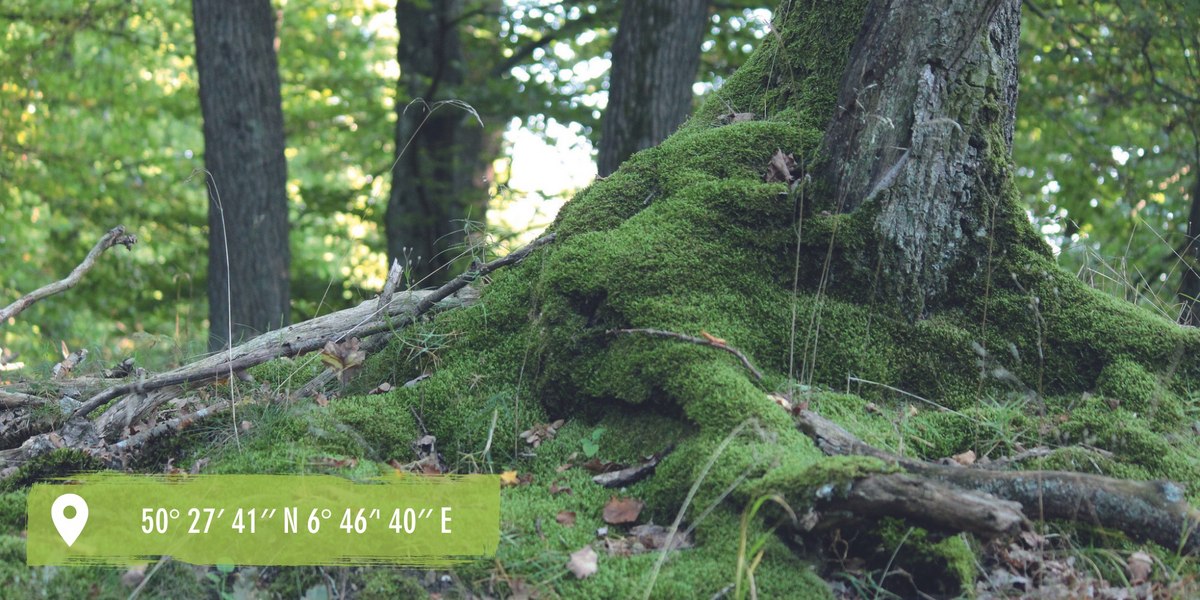
Project launch: 2013
Forest cemetery area: Almost as large as Bonn's famous cemetery "Alter Friedhof" (2.76 hectares)
In the immediate vicinity of cities such as Koblenz, Cologne and Bonn lies the popular recreational area of the Eifel. Our forest conservation project and forest cemetery Waldfriedhof Eifel – Bestattung & Naturschutz (formerly known as forest cemetery Rest in Trees) is located in the far north of Rhineland-Palatinate, immediately bordering North Rhine-Westphalia. In addition to its ancient forest stands, this region is known for its wine-growing towns such as Ahrweiler, Dernau and Bad Neuenahr. In the middle of the Ahr Mountains lies the municipality of Hümmel, which has consistently managed a forest reserve of around 750 hectares ecologically here since 1995.
The ForestFinance forest protection projects, which include the forest cemetery Waldfriedhof Eifel and the neighbouring protection project WildeBuche ("wild beech"), ensure that the ecologically valuable forest stand is preserved. We have leased a part of the forest reserve from the municipality of Hümmel in order to jointly protect and preserve the primeval forests here. A Rest in Trees forest burial ground protects valuable, 4,000-year-old forest that has not been managed for many decades.
Learn more about Waldfriedhof Eifel and our guided tours through the forest cemetery at: www.waldfriedhof-eifel.de
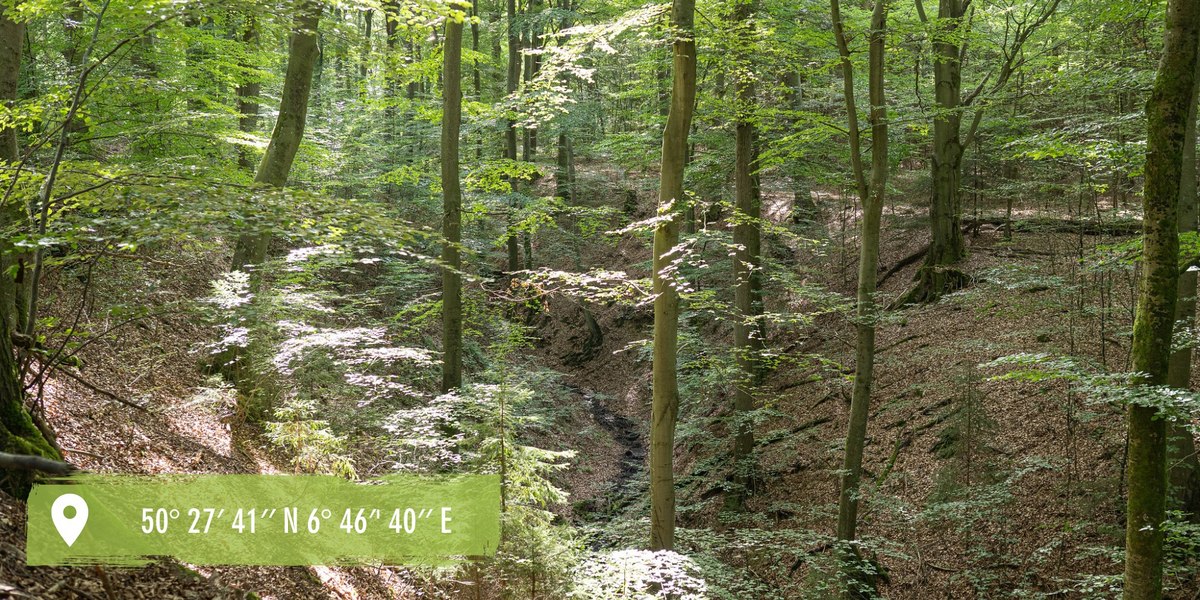
Project launch: 2011
Area of natural forest: 1.6 soccer fields (1.2 hectares)
Fully protected since: 2022
Large ancient beech forests are now rare in Germany. In the community of Hümmel (Rhineland-Palatinate) bordering North Rhine-Westphalia, we have leased such an ancient beech forest to place it under protection. The aim is to preserve old deciduous forests.
With WildeBuche, together with many people, we have been protecting a very old deciduous forest in which predominantly beech and oak trees grow since 2011. For at least 50 years, we guarantee that no cultivation will take place in this valuable, primeval forest-like forest and that this unique ecosystem will be preserved. Beech trees up to three hundred years old grow on around 4,000-year-old soil in our forest reserve in the middle of the Eifel and form a refuge for numerous endangered native species such as wildcat, black woodpecker and black stork.
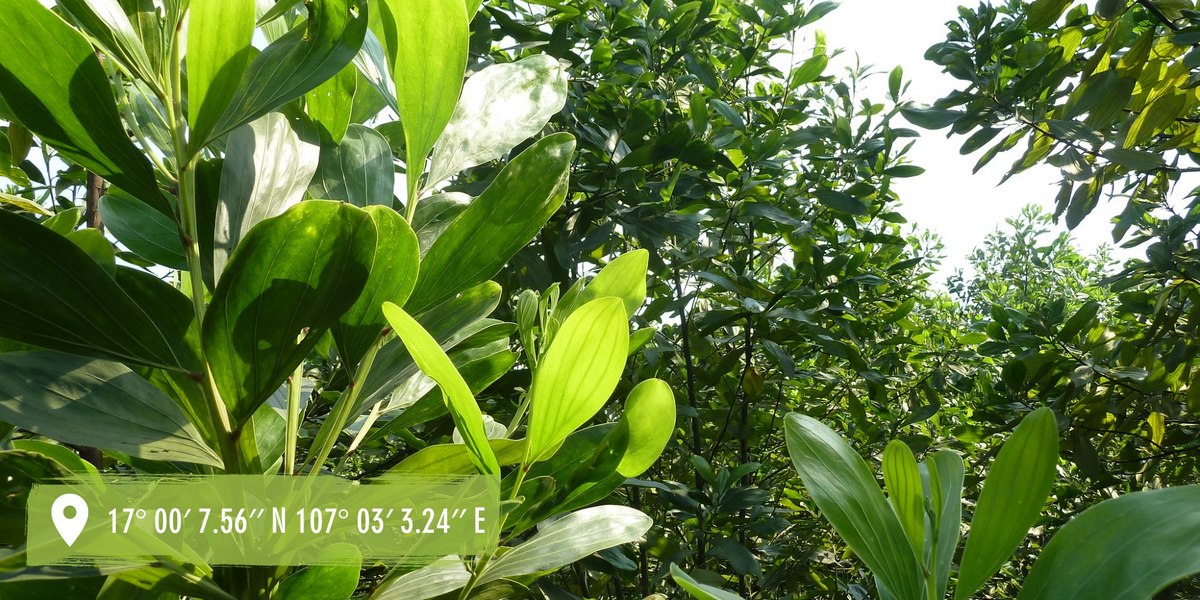
Project launch: 2009
Reforested area: 2,200 soccer fields (1,573 hectares)
Trees planted: approx. 2,415,450
End of project: 2022
The region around the Ben Hai River, where ForestFinance planted acacia forests, was heavily devastated during the Vietnam War. Even after the end of our project, the region is in urgent need of further development. This is because the country's tropical forests have been destroyed for decades by slash-and-burn agriculture and rigorous logging. For reforestation measures and sustainable forestry methods, there is therefore great support from the regional authorities and also from the very committed local population.
During the project period, which ended in 2022, we successfully initiated and implemented a forestry training programme in Vietnam in cooperation with the Gesellschaft für Internationale Zusammenarbeit (GIZ), which still has an impact today: the ForestFinance project has taken a pioneering role in ecological forest management throughout the country and still serves as one of the best practice examples for sustainable forest management in Vietnam.